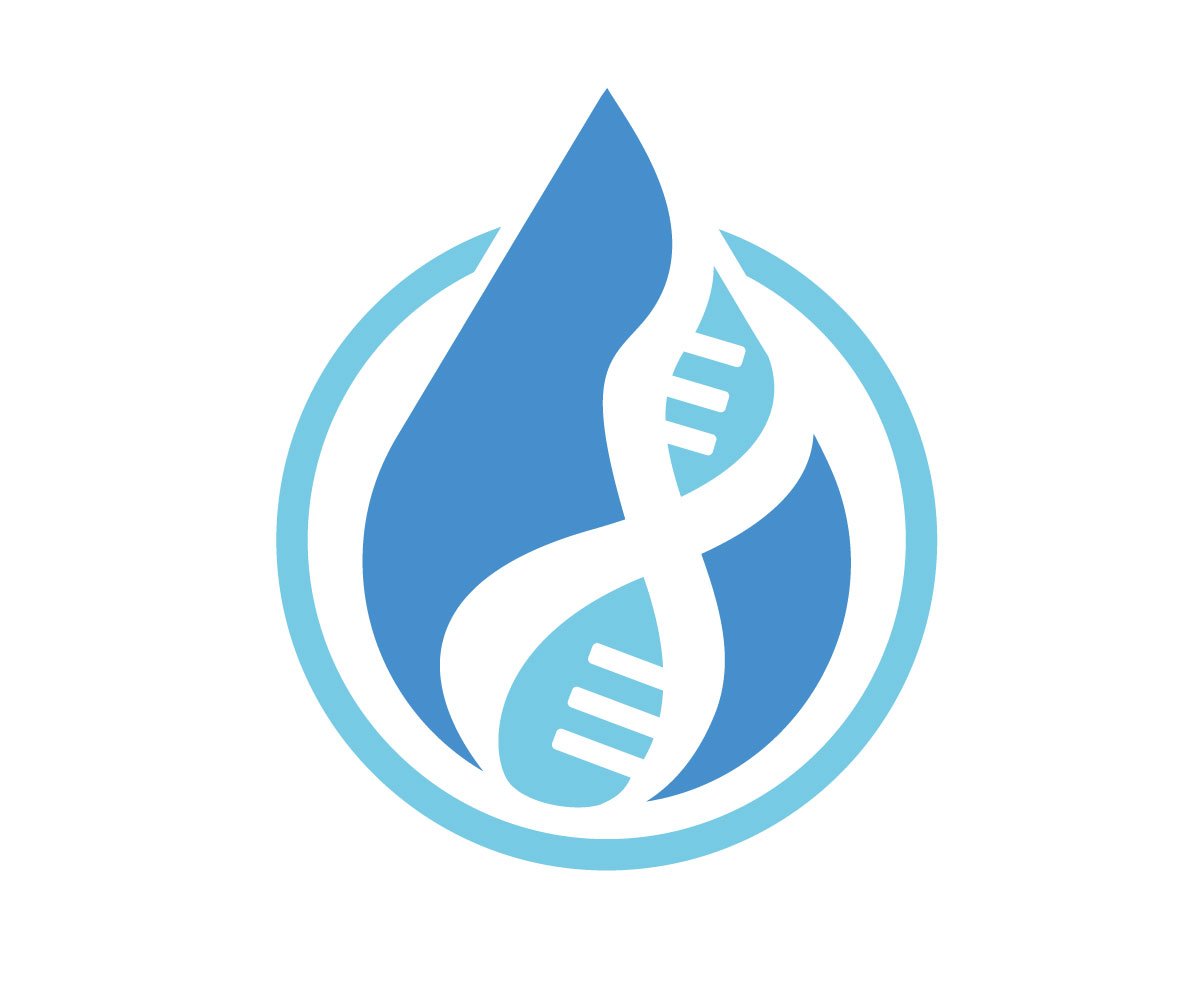A Bit About Sibling DNA Sharing, in Honor of National Sibling Day
TODAY IS NATIONAL SIBLING DAY!
Did you know that by textbook definition, full siblings (brothers and sisters who share the same mother AND father) are supposed to have about 50% of their DNA in common? From projects like the crowd-sourced data collection project by DNA Central founder Blaine Bettinger — The Shared cM Project explained well in this post by Leah Larkin — we have learned that human biology doesn’t always follow the rules!
Full siblings actually share somewhere in a range, with most averaging around 50%. Half-siblings, by textbook, who have one parent in common, should share about 25%. This also is more of a range.
THERE ARE FOUR OTHER TYPES OF SIBLING RELATIONSHIPS WITH VARIATIONS OF DNA SHARING:
Sesquizygotic twins - Wrote about this crazy-rare situation a few weeks ago!
Identical twins - 100% DNA shared; however, there are minute differences between identical twins that advanced NextGen sequencing techniques can identify.
Siblings by law - There is no single quantity of the amount of DNA shared between siblings connected by law. Maybe your adopted sibling is related to you as a cousin genetically, or your step-sibling came from the same small ethnic group that you did. If you have a sibling gained through adoption or fostering or the marriage of your parents, you might not share DNA inherited from an identifiable ancestor. But you might still have DNA from a common ancestor somewhere in your genetic family tree!
Three-quarter siblings - When one parent is shared and the other parents are closely-related, like situations where two sisters have children fathered by the same man, or a woman has children by two brothers. Sharing falls between that of full and half-siblings. If you know of three-quarter siblings who have DNA tested, consider sharing that data with the Shared cM Project listed above!
Some other writers have written about how it is more difficult (if not impossible in some cases) to conclusively say two people are half-siblings, rather than a different relationship like first cousins. We know there are outliers to the typical ranges, and recently I helped a client determine that 23andMe had errantly reported a first cousin as my client’s half-sibling.
Screenshot of the probabilities of different relationships explained by a shared centimorgan (cM) count of 1452, created on the DNA Painter website.
This was a shock, and if true that she and this mystery match were half-sisters, it would have implicated her late father in an affair. Fortunately, it was determined that her uncle was the father of the match, and there was no marital affair involved.
My client and this DNA relative who had also tested at 23andMe shared 1452 cM, a number considered an outlier and most likely a half-sibling (but not always, as the next figure demonstrates).
(For the genetic genealogist readers with curiosity…enough family members had agreed to test that we were able to construct the family tree and compare family member matching, and we compared X chromosome segments between the two women in question using 23andMe’s chromosome browser. And yes, I will help to contribute this data to the Shared cM Project listed above and make sure 23andMe is made aware of this issue with their matching algorithm!)
Working with my client this week made me wonder, how many people out there believe they have found a half-sibling when the person in question is actually a first cousin? And vice versa. A later blog post for a later date will explore this in more detail.
This case demonstrates an important point made by many in the past: there are limitations to using ONLY DNA to determine relationships. I hope to write more about this case in the future, to help others who have a question or concern about how DNA is matching them with family.
Have a question about how you and a close DNA relative might be related, if your DNA test company’s prediction seems off? Contact me and we can see if it would be helpful for myself or someone else to review the match information.
Not everyone has the same relationship with siblings, nor will everyone recognize this day as an important one. Will you celebrate National Sibling Day? Why or why not? Leave your comments below.


